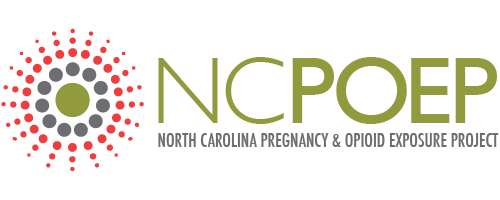- Dimension 1: Acute intoxication and/or withdrawal potential
- Dimension 2: Biomedical conditions and complications
- Dimension 3: Emotional, behavioral, or cognitive conditions and complications
- Dimension 4: Readiness to change
- Dimension 5: Relapse, continued use, or continued problem potential
- Dimension 6: Recovery environment[1]
|
ASAM Criteria Level of Care |
||
Level of Care |
Adult Title |
Description |
0.5 |
Early Intervention | Assessment and education for at-risk individuals who do not meet diagnostic criteria for substance use disorder |
1 |
Outpatient Services | Less than 9 hours of service/week (adults); less than 6 hours/week (adolescents) for recovery or motivational enhancement therapies/strategies |
2.1 |
Intensive Outpatient | 9 or more hours of service/week (adults); 6 or more hours/week (adolescents) to treat multidimensional instability |
2.5 |
Partial Hospitalization | 20 or more hours of service/week for multidimensional instability not requiring 24-hour care |
3.1 |
Clinically Managed Low-Intensity Residential | 24-hour structure with available trained personnel; at least 5 hours of clinical service/week |
3.3 |
Clinically Managed Population-Specific High-Intensity Residential | 24-hour care with trained counselors to stabilize multidimensional imminent danger. Less intense milieu and group treatment for those with cognitive or other impairments unable to use full active milieu or therapeutic community |
3.5 |
Clinically Managed High-Intensity Residential | 24-hour care with trained counselors to stabilize multidimensional imminent danger and prepare for outpatient treatment. Able to tolerate and use full active milieu or therapeutic community |
3.7 |
Medically Monitored Intensive Inpatient | 24-hour nursing care with physician availability for significant problems in Dimensions 1, 2 or 3. Sixteen hour/day counselor ability |
4 |
Intensive Inpatient | Available to engage patient in treatment |
OTP (level 1) |
Opioid Treatment Program (Level 1) | Daily or several times weekly opioid agonist medication and counseling available to maintain multidimensional stability for those with severe opioid use disorder |
| Adapted from Mee-Lee, D. (2013)[2] with permission. See the ASAM Criteria: Treatment Criteria for Addictive, Substance Related-, and Co-Occurring Conditions, for a full description and guidance for the use of criteria. | ||
Within the different levels of care listed by ASAM, there are numerous approaches to treatment that may be employed. Several of the treatment approaches most relevant to women struggling with opioid or other substance-use disorders are described in the following sections that are reprinted with permission, from the National Abandoned Infants Assistance Resource Center Fact Sheet “Prenatal Substance Exposure”. National Resource Center Prenatal Substance Exposure Fact Sheet | Wayback Machine (archive.org)



